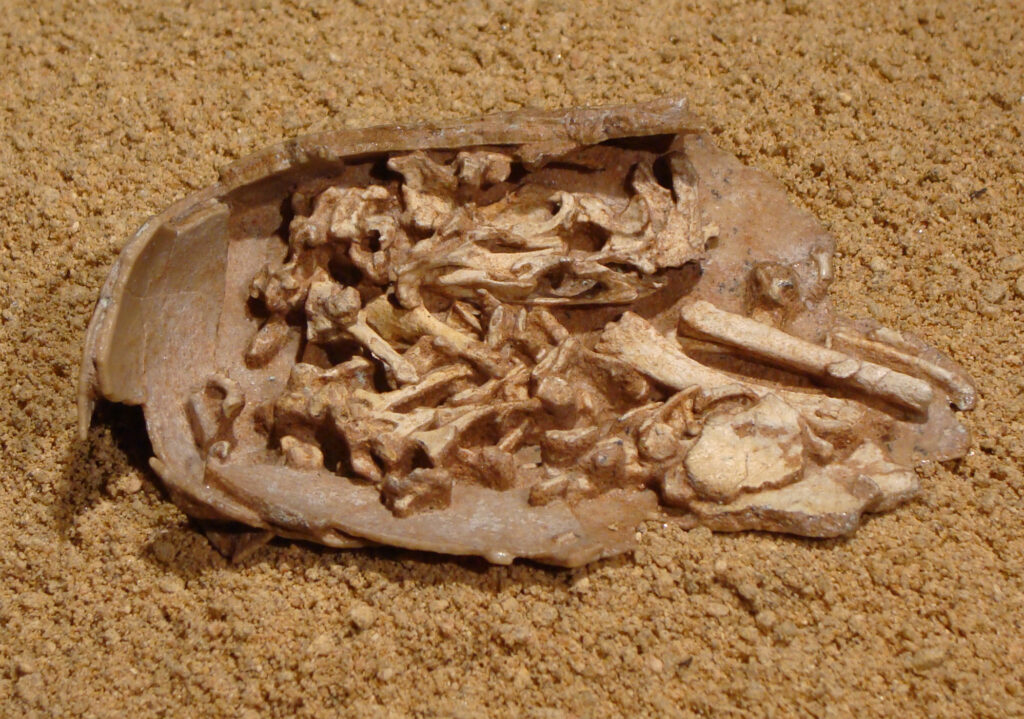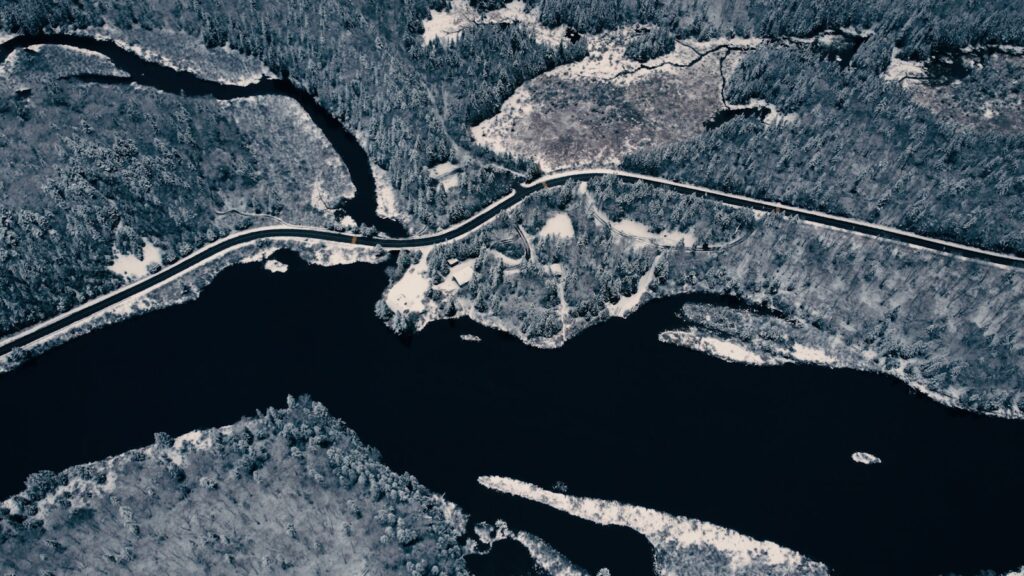Picture this: you’re holding a piece of rock that’s older than your entire family tree multiplied by thousands of generations. But this isn’t just any rock. Hidden within its layers lies proof of a creature that once walked, swam, or flew across ancient Earth. The question that haunts every fossil hunter isn’t just “What is this?” but rather “How can we be absolutely certain this was once alive?”
Preserved Cellular Structures Reveal Ancient Life
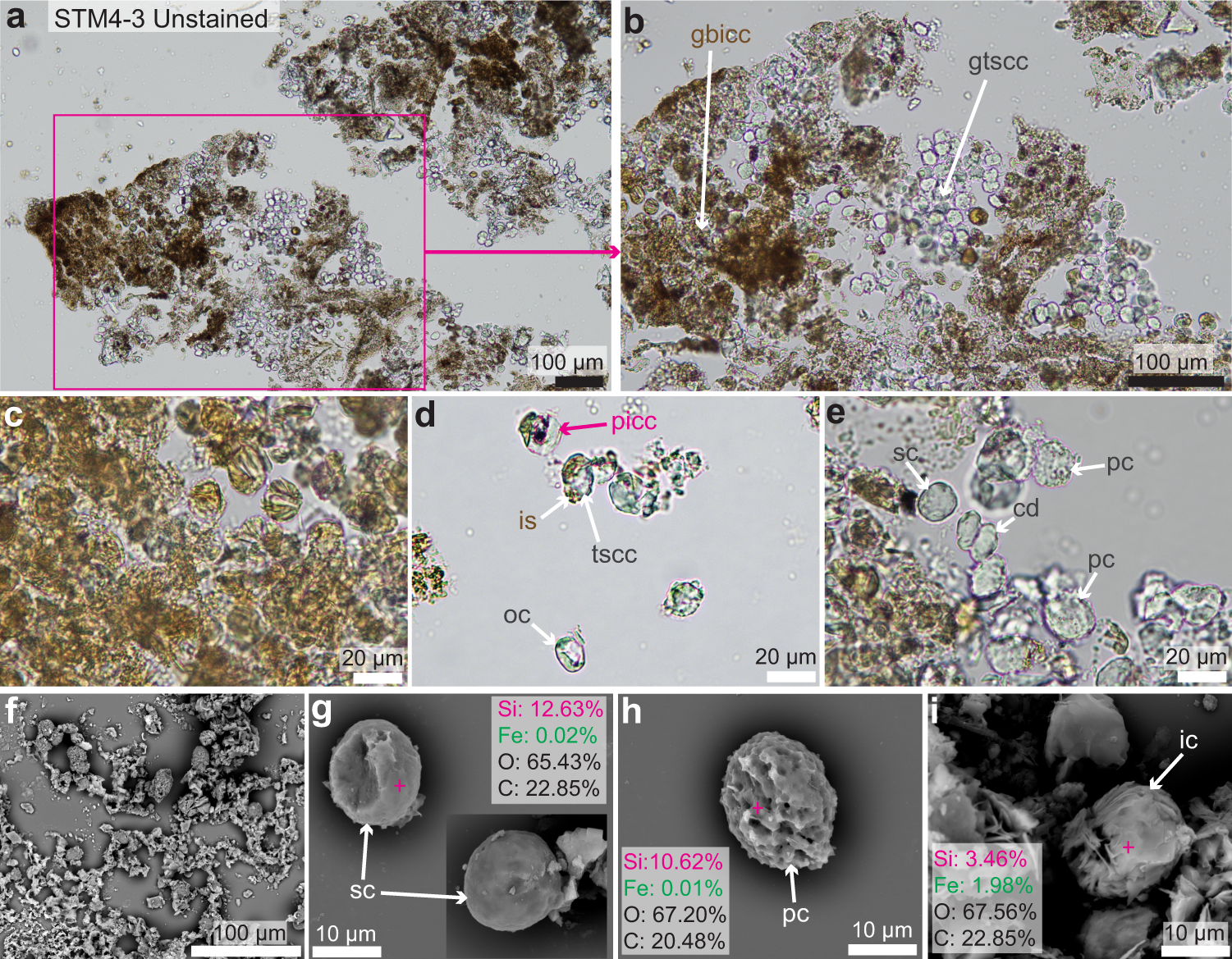
When you peer into a fossil under magnification, sometimes you can actually see the building blocks of life itself. Scientists have discovered fossilized cells in specimens that are millions of years old, complete with cell walls and internal structures. These microscopic time capsules show the same patterns we see in living organisms today. The preservation happens when minerals replace the organic material so quickly that the cellular architecture remains intact. It’s like nature’s own 3D printing process, creating a perfect stone replica of what was once pulsing with life. You can think of it as the ultimate biological fingerprint that no non-living rock could ever fake.
Growth Rings Tell Stories of Seasonal Survival
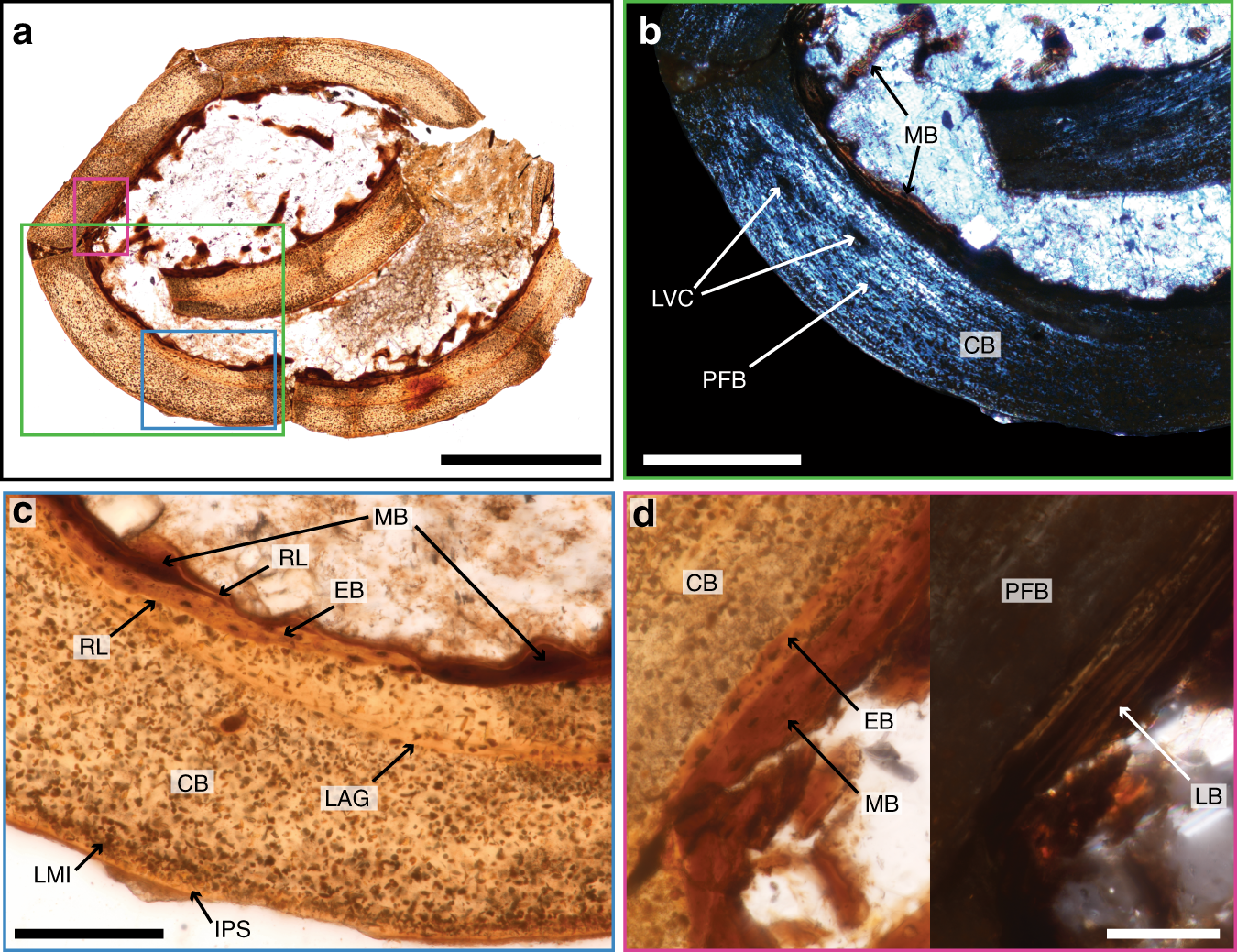
Just like trees have rings that mark each year of growth, many fossilized creatures show similar patterns in their bones, shells, or teeth. These growth lines reveal the rhythms of ancient life – periods of plenty and scarcity, warm seasons and cold ones. A living organism grows differently depending on environmental conditions, creating these telltale marks over time. Non-living objects simply don’t develop these intricate, seasonal patterns of expansion and contraction. When paleontologists find these growth rings, they’re essentially reading the diary of a creature’s life, page by page, season by season.
Chemical Signatures of Biological Processes
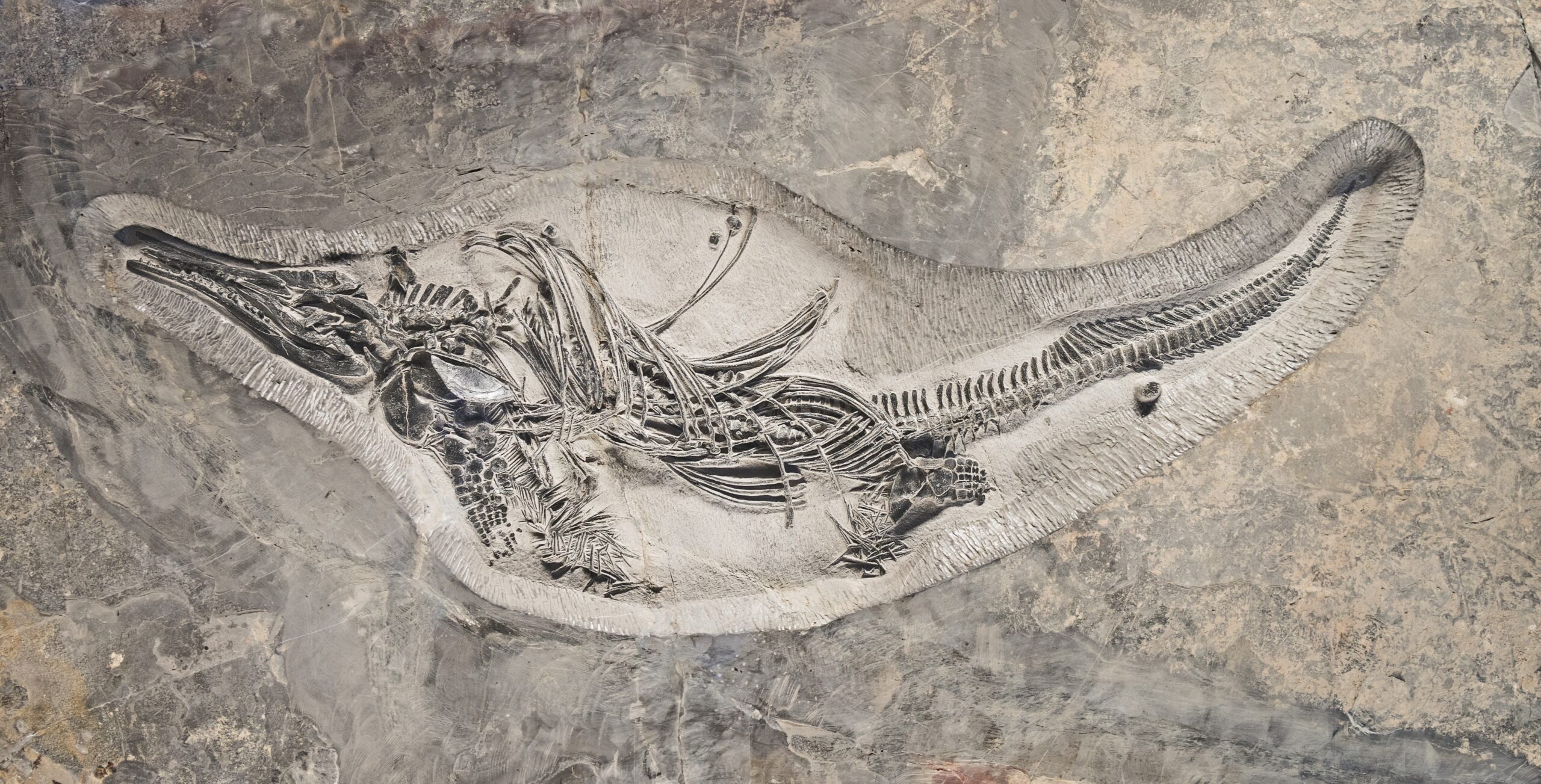
Every living thing leaves behind a unique chemical fingerprint, and some of these signatures can survive the fossilization process. Scientists can detect traces of proteins, amino acids, and other organic compounds that only exist in biological systems. These molecular fossils are like ancient perfume that still lingers in a room long after someone has left. The ratios of certain elements, particularly carbon isotopes, tell a story that only living creatures can write. When researchers find these chemical clues, they’re literally detecting the remnants of metabolism, growth, and life processes that happened eons ago.
Intricate Internal Architecture
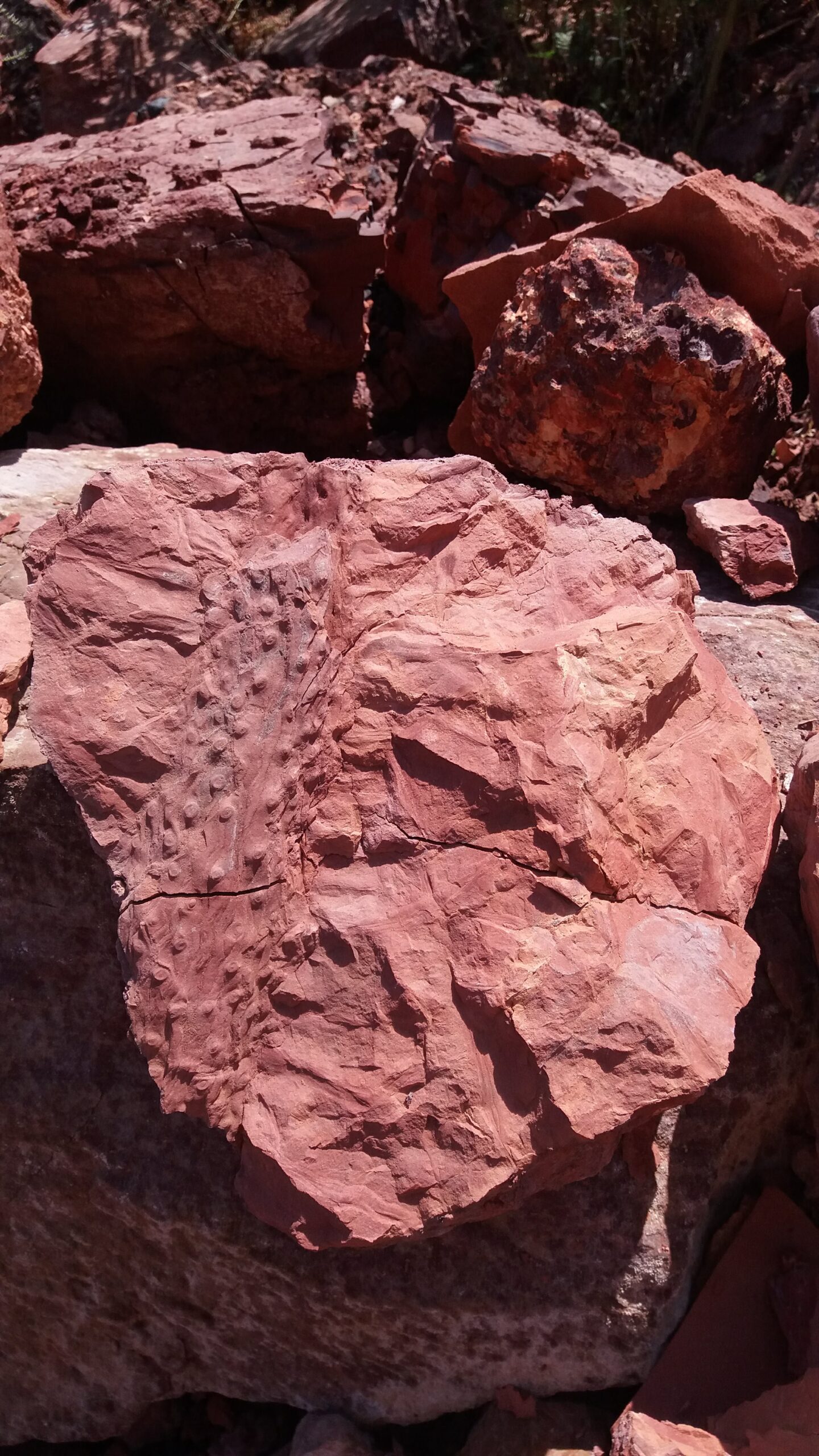
Living creatures have incredibly complex internal structures that serve specific purposes – blood vessels, nerve channels, digestive systems, and respiratory passages. When these features are preserved in fossils, they create a three-dimensional puzzle that could only come from something that was once alive. Think of it like finding the detailed blueprints of a sophisticated machine embedded in stone. Non-living objects don’t have circulatory systems or hollow bones designed for flight. These internal highways and chambers are the smoking gun that proves biological origin, showing how form followed function in ancient life.
Symmetry and Proportion Patterns
Life has a peculiar obsession with symmetry and mathematical proportions that random geological processes simply can’t replicate. Whether it’s the bilateral symmetry of a trilobite or the spiral patterns of an ammonite shell, these designs follow biological rules that have been consistent for millions of years. Living organisms develop according to genetic blueprints that create predictable, organized structures. When you see these same patterns repeated in fossils, you’re witnessing the ancient echo of DNA at work. It’s like finding a Fibonacci sequence carved in stone – nature’s own mathematical signature that proves intelligent biological design.
Evidence of Repair and Healing
Perhaps the most moving evidence of ancient life comes from fossils that show signs of injury and recovery. Broken bones that healed, shell damage that was repaired, or tooth marks that scarred over – these are stories only living creatures can tell. A rock doesn’t heal from trauma, but a living organism does, often leaving permanent marks of its struggle for survival. These battle scars preserved in stone are incredibly emotional reminders that these weren’t just objects, but beings that felt pain, healed, and continued living. Some dinosaur fossils show evidence of arthritis, infections, and even cancer – the same ailments that affect living creatures today.
Wear Patterns From Daily Life
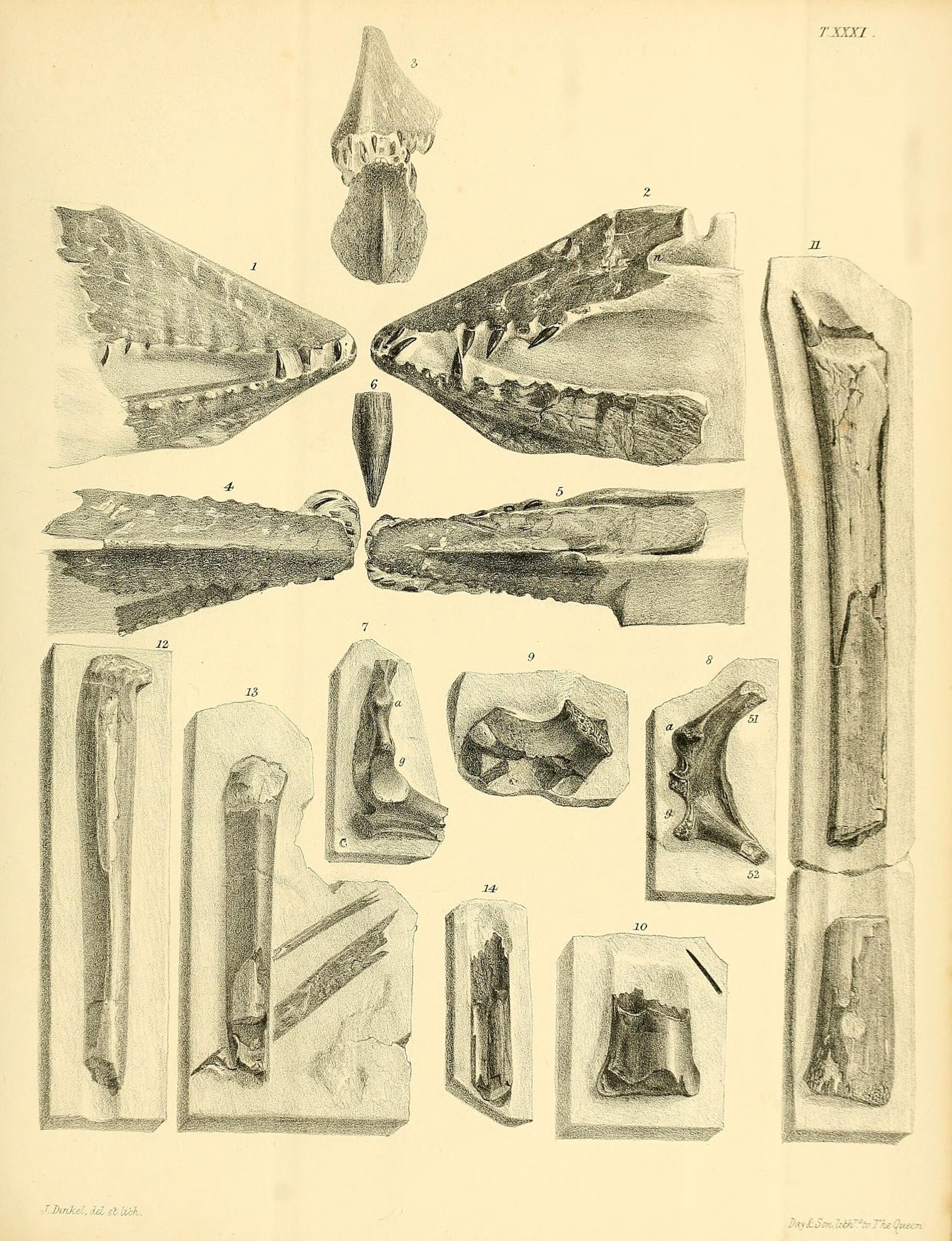
The way a creature used its body during life leaves distinct wear patterns that become frozen in time through fossilization. Teeth show specific grinding patterns from chewing, claws display evidence of digging or climbing, and joints reveal the range of motion from daily activities. These usage marks are like reading the autobiography of how an animal lived – what it ate, how it moved, and what challenges it faced. Geological processes don’t create these kinds of purposeful wear patterns. When you see a fossilized tooth worn down in exactly the way a modern herbivore’s tooth wears from grinding plants, you’re looking at proof of ancient dining habits.
Preserved Soft Tissue Impressions
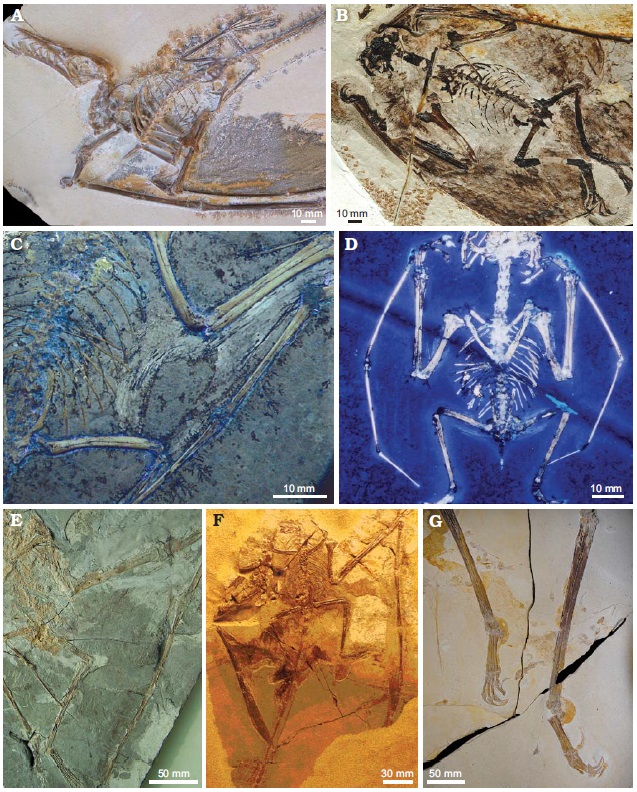
Sometimes the impossible happens – soft tissues like skin, feathers, or muscle fibers get preserved in extraordinary detail. These delicate impressions require perfect conditions and lightning-fast fossilization, but when they occur, they provide undeniable proof of life. You can actually see the texture of dinosaur skin or the intricate patterns of ancient feathers. These soft-tissue fossils are like finding a photograph from 100 million years ago, showing details that hard parts alone could never reveal. The preservation of something as fragile as a leaf or a jellyfish requires the kind of rapid burial that only happens in very specific circumstances.
Trace Fossils of Behavior
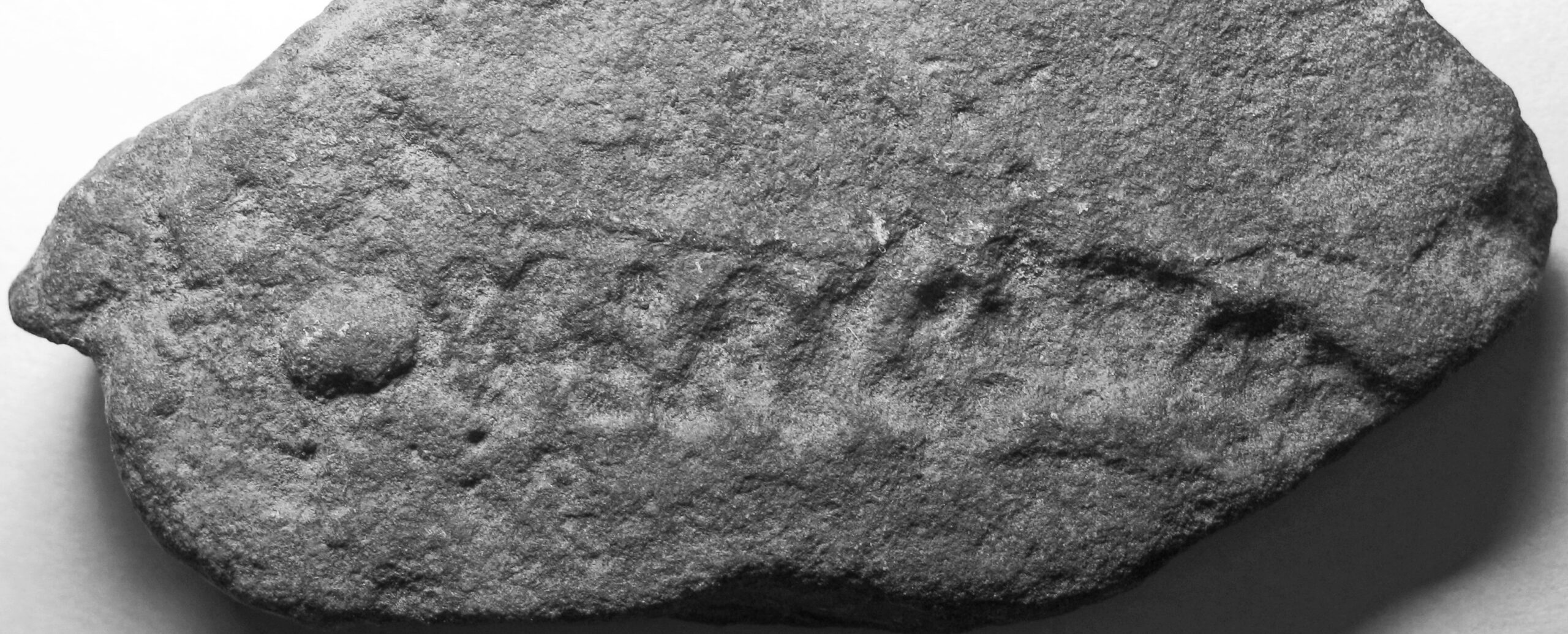
Even when the creature itself doesn’t fossilize, its activities can leave permanent records in the rocks. Footprints, burrows, bite marks, and nests all tell stories of ancient behavior that only living things could create. These trace fossils are like ancient security camera footage, showing us exactly what creatures were doing millions of years ago. A series of dinosaur tracks reveals not just that the animal existed, but how fast it moved, whether it traveled in groups, and even if it was limping. These behavioral snapshots provide a window into the daily lives of extinct creatures that goes far beyond what bones alone could tell us.
Predator-Prey Relationships Frozen in Time
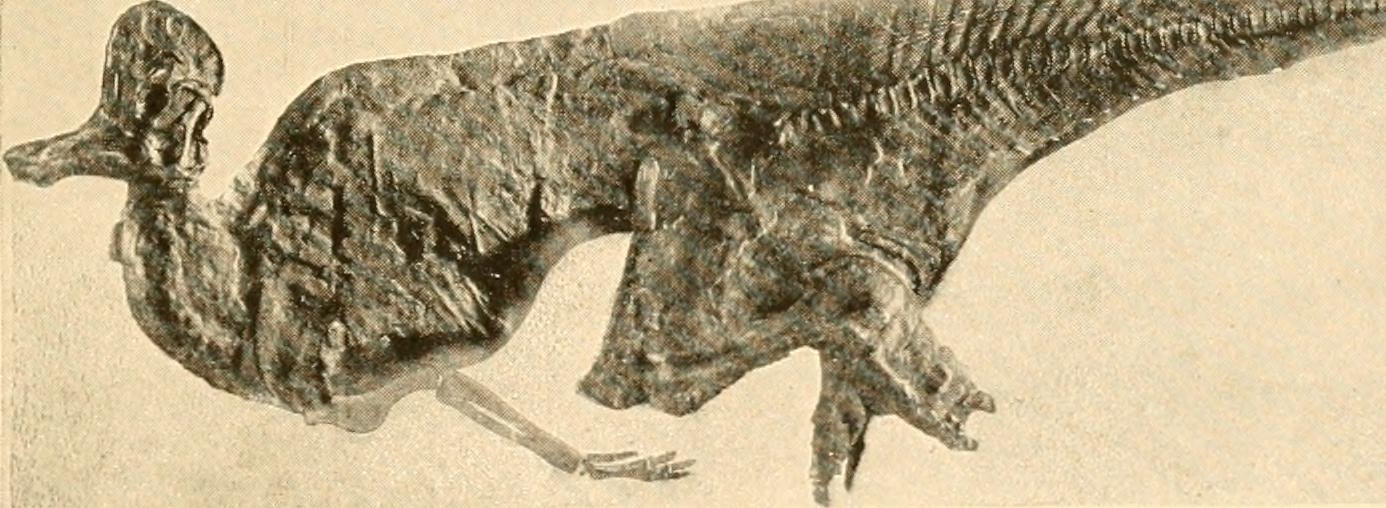
Some of the most dramatic evidence of ancient life comes from fossils that capture the eternal struggle between predator and prey. Bite marks on bones, creatures fossilized in the act of eating or being eaten, or stomach contents preserved inside predators – these scenarios could only result from living interactions. Finding a fish fossilized inside the stomach of a larger fish is like discovering a prehistoric crime scene. These dramatic moments frozen in stone prove that complex food webs and hunting behaviors existed in the ancient world. The desperation of escape and the drive to survive are emotions that echo across millions of years.
Reproductive Evidence and Life Cycles
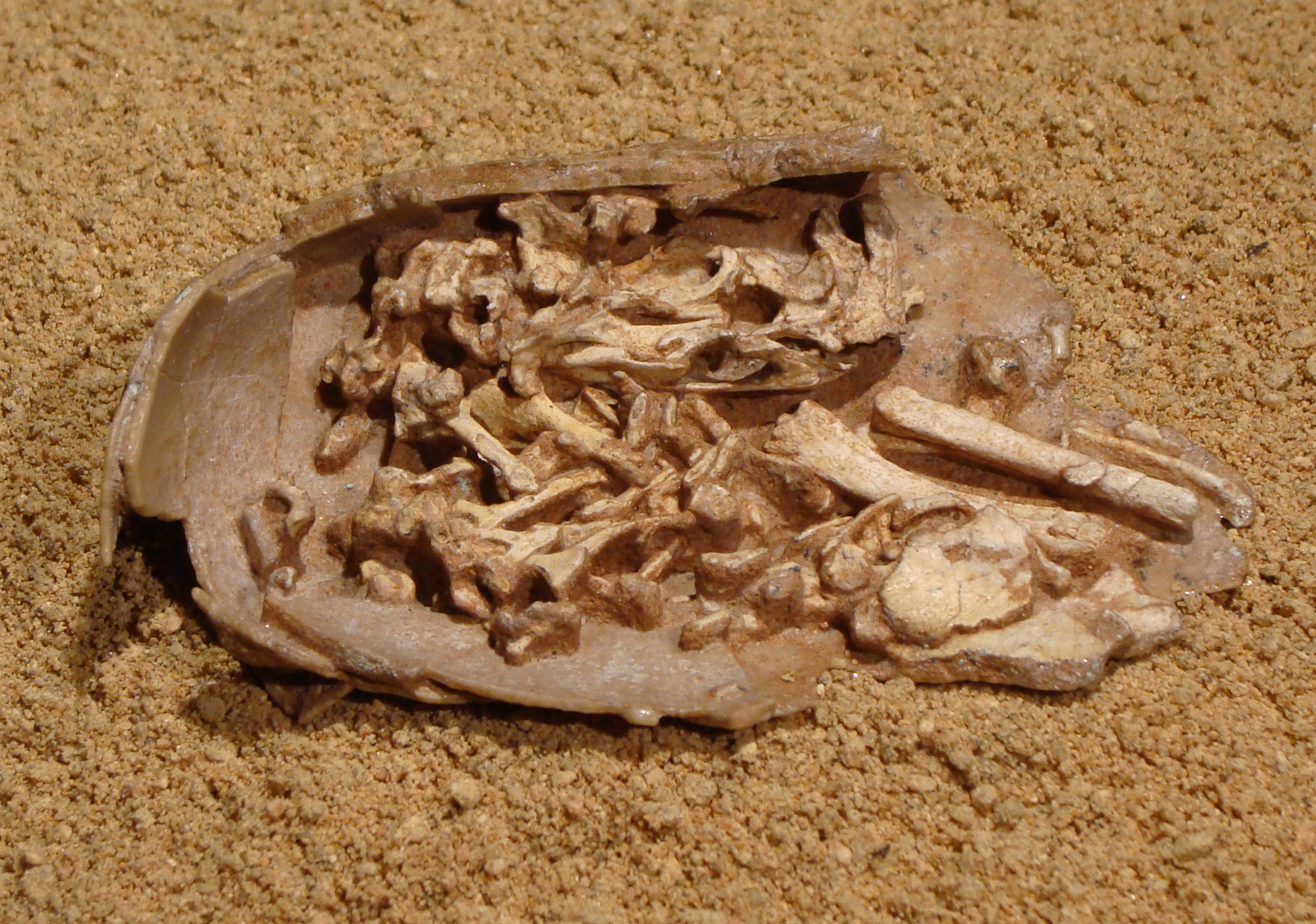
Fossils sometimes preserve the most intimate moments of ancient life – eggs with developing embryos, adults caring for young, or creatures in the act of mating. These reproductive fossils provide powerful evidence of life cycles and family structures that existed long before humans appeared. Finding a fossilized dinosaur sitting on its nest, or discovering eggs with tiny skeletons inside, connects us emotionally to these ancient creatures as parents and offspring. Non-living objects don’t reproduce or care for their young. When paleontologists discover these family moments preserved in stone, they’re witnessing the universal drive to create and protect the next generation.
Isotope Ratios Reveal Ancient Diets

The chemistry of what a creature ate during its lifetime gets locked into its bones and teeth, creating a permanent record of ancient diets. Scientists can analyze isotope ratios to determine whether an animal was a meat-eater, plant-eater, or omnivore, and even what kind of environment it lived in. These chemical signatures are like reading the menu from a restaurant that closed millions of years ago. The isotope patterns in fossils match those we see in modern animals with similar diets, providing a direct link between ancient and contemporary life. This chemical evidence helps scientists reconstruct entire ecosystems and understand how extinct creatures fit into their food webs.
Pathological Conditions and Disease

Ancient creatures suffered from many of the same ailments that affect living animals today, and these conditions often leave permanent marks on fossilized remains. Arthritis, infections, tumors, and parasites all create distinctive changes in bone structure that can be identified millions of years later. These pathological fossils are sobering reminders that suffering and disease have been part of life on Earth for as long as complex organisms have existed. Finding evidence of ancient diseases also helps scientists understand how these conditions evolved and spread. A dinosaur with a broken leg that healed improperly tells a story of survival against the odds that resonates with anyone who has ever recovered from an injury.
Biomineralization Patterns

Many living creatures create their own minerals – shells, bones, teeth, and other hard parts – through biological processes that follow specific patterns. These biominerals have distinctive crystal structures and growth patterns that are completely different from minerals formed through geological processes. When scientists examine fossils under powerful microscopes, they can see these biological fingerprints preserved in the mineral structure. It’s like finding the artist’s signature on a sculpture – the way calcium carbonate forms in a shell or calcium phosphate crystallizes in bone can only happen through living processes. These microscopic details provide some of the most convincing evidence that a fossil was once part of a living, breathing creature.
Conclusion
The next time you hold a fossil, remember that you’re not just touching a rock – you’re connecting with a life that once experienced the same world you do today. Each fossil carries within it the story of survival, adaptation, and the endless creativity of life on Earth. These ancient creatures faced challenges, raised families, and left their mark on the world in ways that still speak to us across unimaginable spans of time. What other secrets might be hiding in the stones beneath our feet, waiting to tell their stories?

